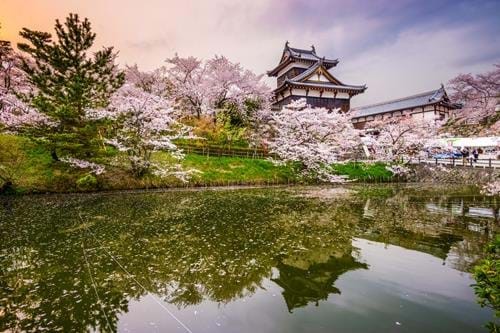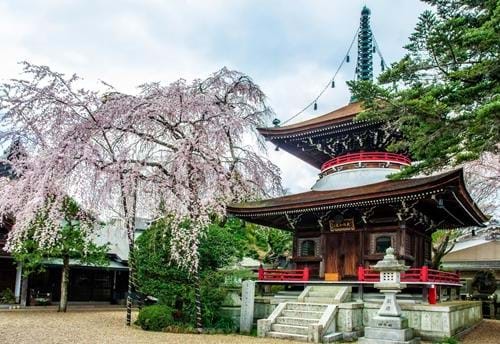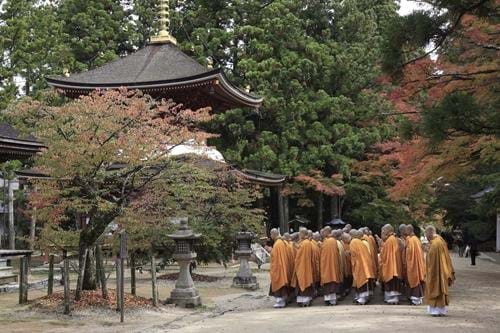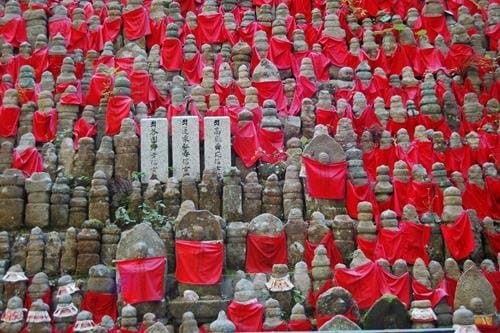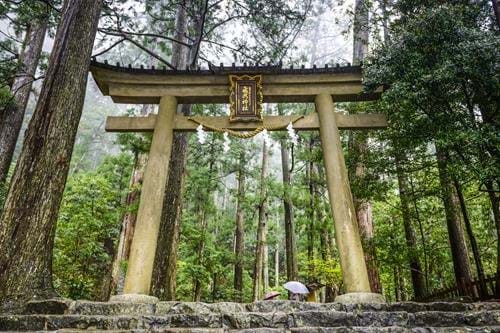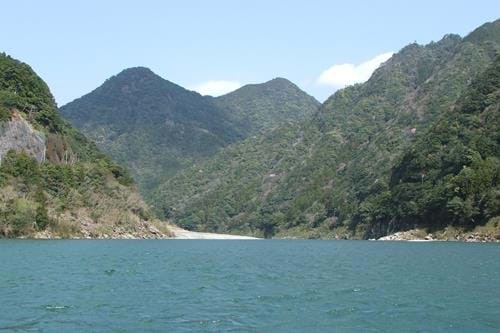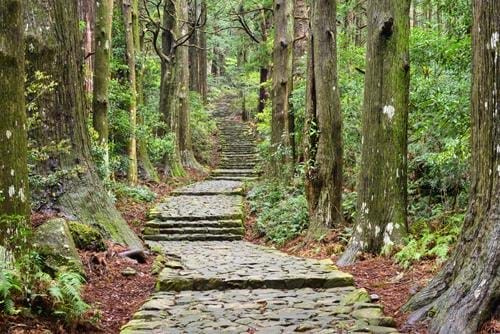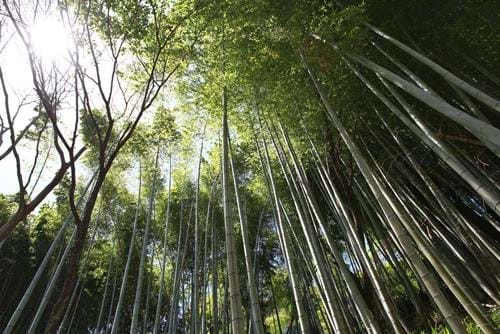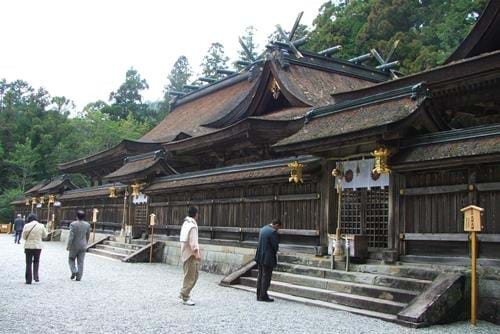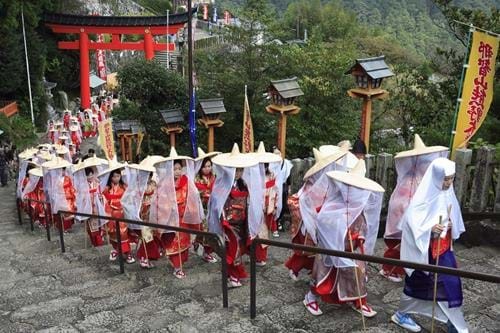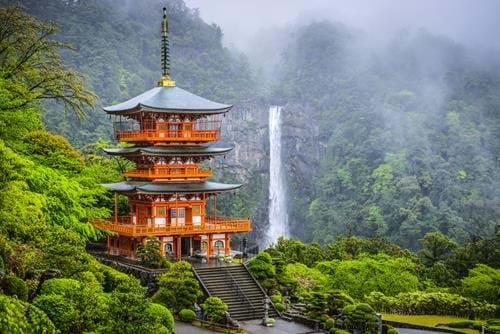Tailor-Made Tour
- Duration15 Days
- Flights IncludedYes
- Prices From £ 6995
 Places Visited :
Kumano Kodo, Nara, Mount Koya, Koyasan, Wakayama, Shirahama, Chikatsuju, Yunomine Onsen, Nachi Taisha, Ise, Kyoto
Places Visited :
Kumano Kodo, Nara, Mount Koya, Koyasan, Wakayama, Shirahama, Chikatsuju, Yunomine Onsen, Nachi Taisha, Ise, Kyoto
The 38 kilometre long Kumano Kodo trail, south west of Tokyo is one of Japan's most sacred pilgrimage sites. Local people attempt to visit the trail at least once in their lives if not annually, to pay homage at the ancient and iconic Shinto shrines and Buddhist temples that sit hidden among its cedarwood forests, soaring mountains and bubbling hot springs and streams.
Our 15 day tour of the region takes in the Kumano Kodo circuit as its focal point, bookending the experience with visits to the country’s cultural capitals of Kyoto and Nara for a truly unique insight into traditional Japanese culture that few foreign visitors have experienced or even know exists.
You’ll be overnighting in a mix of beautiful ryokans, candle-lit monasteries and modern hotels with opportunities to visit tiny costal fishing communities that have remained untouched for centuries with plenty of time to enjoy Onsen bathing in the natural hot springs that crisscross the region
Remember, this trip can be personalised to suit your travel needs - we can tailor everything from hotel, travel type, duration and more.

